Jan Van Huysum - A Flower Piece, London: John Boydell, 1778.
Watercolour and Mezzotint by Richard Earlom.
Size: 60 x 45 cm.
An extremely rare proof, watercolour and mezzotint after the work of Jan van Huysum: the "last of the great Dutch masters'' (Mitchell), the "Phoenix of Flower Painters." (Weyerman).
To Weyerman...Van Huysum was the 'phoenix of Flower Painters.' To Vertue, writing of six paintings he saw in an English collection in the 1740s, they were 'the most inimitable pictures that were ever seen.' In Van Huysum's lifetime the Kings of Poland and Prussia, the Elector of Saxony, Prince William of Hesse, the Dukes of Orleans and Mecklenburg, and Sir Robert Walpole were eager patrons. When Catherine the Great, thirty years after Van Huysum's death, wanted to buy the Walpole Collection, the greatest in England, a valuation was made by Benjamin West...on the evidence of saleroom results at the time he placed a fair valuation of 1200 pounds on the pair of Van Huysums...In the nineteenth century the Rothschilds and others were avid collectors...Today the very finest Van Huysums are not available...The only fair way to judge an artist is by assessing his success in what he set out to achieve. By such a yardstick Van Huysum is supremely successful... "Jan, born at Amsterdam in 1682, was the eldest son and pupil of Justus van Huysum. Justus was the head of a family enterprise...with three younger sons assisting: Justus the younger, Jacob and Michiel. Their large-scale production met the demand for decorative flowerpieces...Jan did not choose to follow his father's example. from his marriage in 1704 until his death in 1749 Jan appears to have stayed in Amsterdam, but independent of the family. He jealously guarded his success...working in strict privacy that none might see the preparation of his pigments nor how he worked...He is said to have worked from the real flower and gone to Haarlem each summer to study specimens...Van Huysum possessed an unerring elegance of composition which enabled him to avoid the imbalance, the over-abundance that others risked...The artist left no word, no indication of how he really painted, no hint of his own philosophy. So the wondrous skills of Jan Van Huysum, the last of the great Dutch masters, leaves us as bemused as those of his predecessors a century and a half earlier." (Peter Mitchell, European Flower Painters, pp. 142-149).
*Richard Earlom was one of the few engravers technically equipped to do justice to Van Huysum's work. Earlom "succeeded in inducing his father to place him under the tuition of Cipriani, and in 1765 became known to Alderman Boydell, who entertained so high an opinion of the young artist that he employed him to make drawings from the celebrated collection of pictures at Houghton, and now at St. Petersburg, for the engravers to work from. In 1757 he was awarded a premium by the Society of Arts. In the art of mezzotint engraving Earlom was his own instructor. His plates show great technical skill, especially those of flowers after Van Huysum, and are highly valued by the connoisseurs. They were produced in a style of engraving which till then had never been thought capable of representing the delicate texture of flowers... He engraved over sixty plates in mezzotint, among which are The Royal Academy, after Zoffany; Samuel Barrington, after Reynolds; Richard, viscount Fitzwilliam, after Howard; William Henry, duke of Gloucester, after Hamilton; Horatio, lord Nelson, after Beechey; William Pitt, after Dupont; the set of six plates of the Marriage à la Mode, after Hogarth; two flower pieces, after Huysum; Blacksmith's Shop, and the Forge, after Wright."
Jan van Huysum was a celebrity of 18th Century Dutch flower painting. Born in Amsterdam in 1682, mastering the art of Dutch still life painting was his by birthright. His father, Justus, and brothers Justus the Younger, Jacobus and Michiel were accomplished artists. The family studio flourished turning out a steady stream of decorative flower pieces for the local market. Both son and brother to esteemed painters, Jan van Huysum chose independence from the family firm. Jealously guarding his privacy, he attained tremendous success concentrating exclusively on his ornate, highly detailed and remarkably realistic compositions.
It is said that in summer Van Huysum traveled to the reknown gardens of Haarlem to observe and study specimens. Working from the real flower, he is said to have delayed the completion of a painting if, in fact, there was no example available. Often his works were double dated in consecutive years. His explanation of the delay was based on his inability to find a particular flower in bloom. It is, perhaps, this insistence on working from live models only that explains each works refinement and sophistication. Very, very few painters achieve a fame which is universal in their own day, never falters, and remain unchanged today; Jan van Huysum is among them.
Van Huysum’s patrons included the Kings of Poland and Prussia, the Elector of Saxony, Prince William of Hesse, the Dukes of Orleans and Mecklenburg, and Sir Robert Walpole. Thirty years after Van Huysum’s death (approximately when these engravings were produced), Catherine the Great chose to purchase the Walpole Collection, the greatest in England. Walpole’s Van Huysum’s were valued at twice the price of his two famous Rembrandts. In the nineteenth century the Rothchilds were avid collectors. It is noteworthy that among the treasures Napoleon brought to Paris were allegedly a flower painting and its companion fruit piece, one of the most famous pairs by Van Huysum. However, today the very finest paintings by Van Huysum, called the “Phoenix of flower Painters” and the last of the great Dutch Masters, are never available but are housed in the greatest museums and private collections in the world.
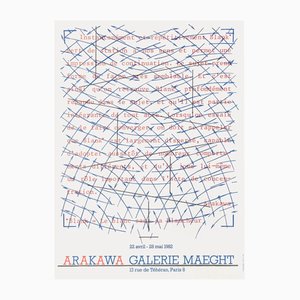

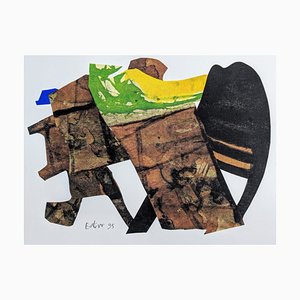
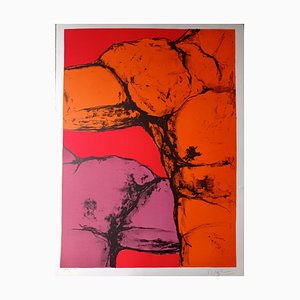
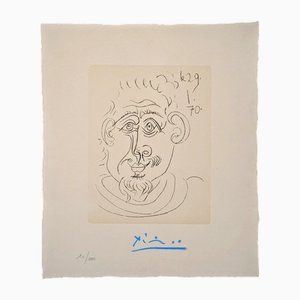
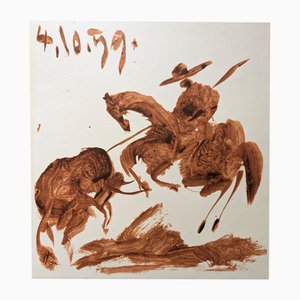

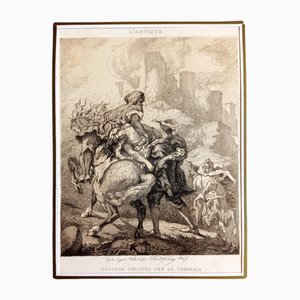



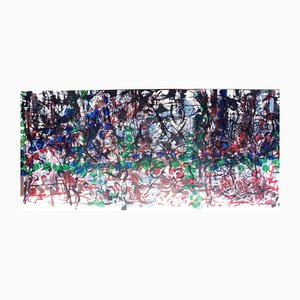


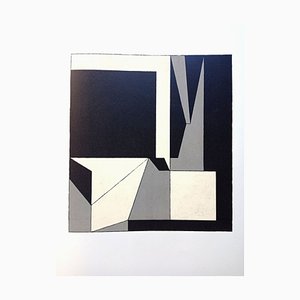
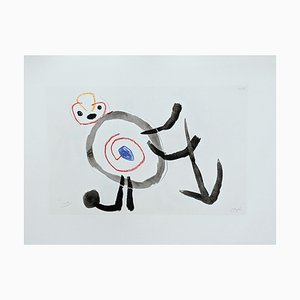
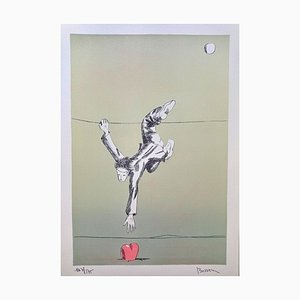

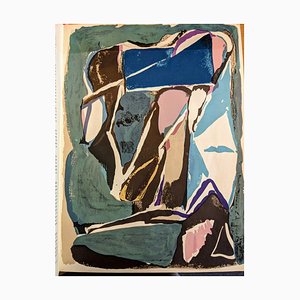
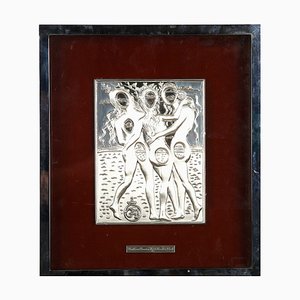
Get in Touch
Make An Offer
We noticed you are new to Pamono!
Please accept the Terms & Conditions and Privacy Policy
Get in Touch
Make An Offer
Almost There!
To follow your conversation on the platform, please complete the registration. To proceed with your offer on the platform, please complete the registration.Successful
Thanks for your inquiry, someone from our team will be in touch shortly
If you are a Design Professional, please apply here to get the benefits of the Pamono Trade Program